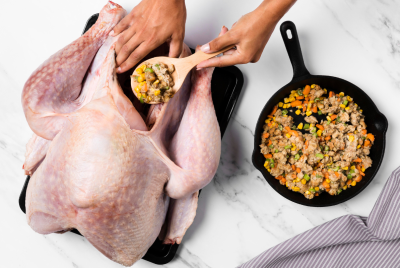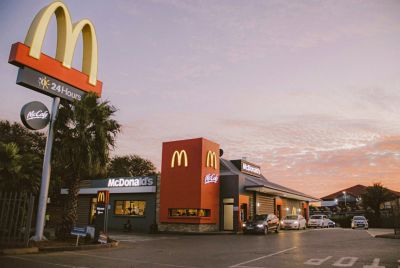UK retail sales face July slump due to rainy weather, analysts optimistic for rebound
July's inclement weather caused a dip in UK retail sales, with indicators pointing to its substantial influence. However, analysts are optimistic about a potential resurgence in the second half of the year.

In a twist, retail sales in the United Kingdom fell in July, with major indicators indicating that the month's bad weather had a substantial influence. However, analysts are optimistic about a potential resurgence in the second half of the year.
According to Pantheon Macroeconomics' UK experts that specialise in the UK economy, the growth rate of total retail sales values experienced a slowdown.
Samuel Tombs, Pantheon Macroeconomics' Chief UK Economist, explained: "Year-over-year growth in total sales values slowed to 1.5 per cent in July, from 4.9 per cent in June."
He goes on to describe the intricacies of the decline, pointing out the reduction in like-for-like sales. He noted: "Growth in like-for-like sales fell to 1.8 per cent, from 4.2 per cent."
However, amidst these challenges, analysts are confident about the eventual revival of the retail sector.
Digging deeper into the reasons behind the sales downturn, it becomes evident that one of the primary culprits is the inclement weather that prevailed throughout the month. The continuous rainfall not only dampened spirits but also cast a shadow on concrete economic figures.
The British Retail Consortium (BRC) explicitly observed a dip in sales of clothing and seasonal merchandise.
Tombs, on the other hand, highlighted a broader impact on overall consumer spending, saying: "July's heavy rainfall appears to have weighed on retail sales in July." He then refers to statistics from a reliable source to back up his claim.
Tombs drew attention to the BRC's report, which showed a pronounced decline in sales of clothing and seasonal goods. The analyst also noted that the slowdown in year-over-year growth in Barclaycard's measure of overall consumer spending, from 5.4 per cent in June to 4.0 per cent in July, indicated a similar negative impact on service-related expenditures.
Despite the temporary setback, Tombs remains upbeat about the coming months. He foresees a positive rebound in consumers' real disposable income during the latter half of the year, supported by a variety of factors. A significant boon comes from the reduction in household energy bills for July, which contributed to an increase in disposable income by approximately 0.8 percentage points.
Tombs also pointed out the favourable balance between rising wages and goods prices, further stimulating purchasing power. The potential effects of mortgage refinancing on disposable income were also highlighted.
While some households might prioritise savings or debt repayment, Tombs believes these measures won't severely dent consumption. "Admittedly, some households will prioritise replenishing their savings buffer or paying off debt, but we doubt they will cut spending to do so," he explained.
The strategy is still wary of relying too heavily on BRC data for projections.
However, a nuanced comparison of data indicates a disparity between the indicators provided by the BRC and those from the Office for National Statistics (ONS). Tombs observed a growing gap in year-over-year growth figures, cautioning against excessive reliance on BRC data for projections.
© Copyright IBTimes 2025. All rights reserved.






















